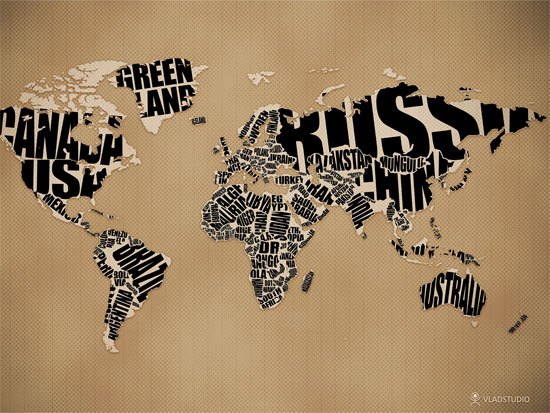When looking at the book covers that were presented to us as what not to do I noticed that two covers in particular has type that made it hard to discern the title from the other garbage clouding the cover.
First off let's talk about the one on the left. The title of
The Road is clearly separated from the rest with the use of a white line that reminds me of the line that divides the shoulder and that actual lane. Despite this the idea is kind of... well completely screwed up by having "The Times" in the same white. The author's name could use some love as well.
The second one I couldn't even figure out at first. I know now that the title is
A Fork Brought Along. I'm not even entirely sure why the cover has this chalkboard style cover. It could allude to something that happens in the story but that's beyond me at this point. The point is that there isn't much done to make the title pop as it should.
In my cover I'm planning on having type making out the shapes of objects to really get into hardcore typography. The only worry I have is that I could possibly cause a problem as these covers did.










.jpg)









